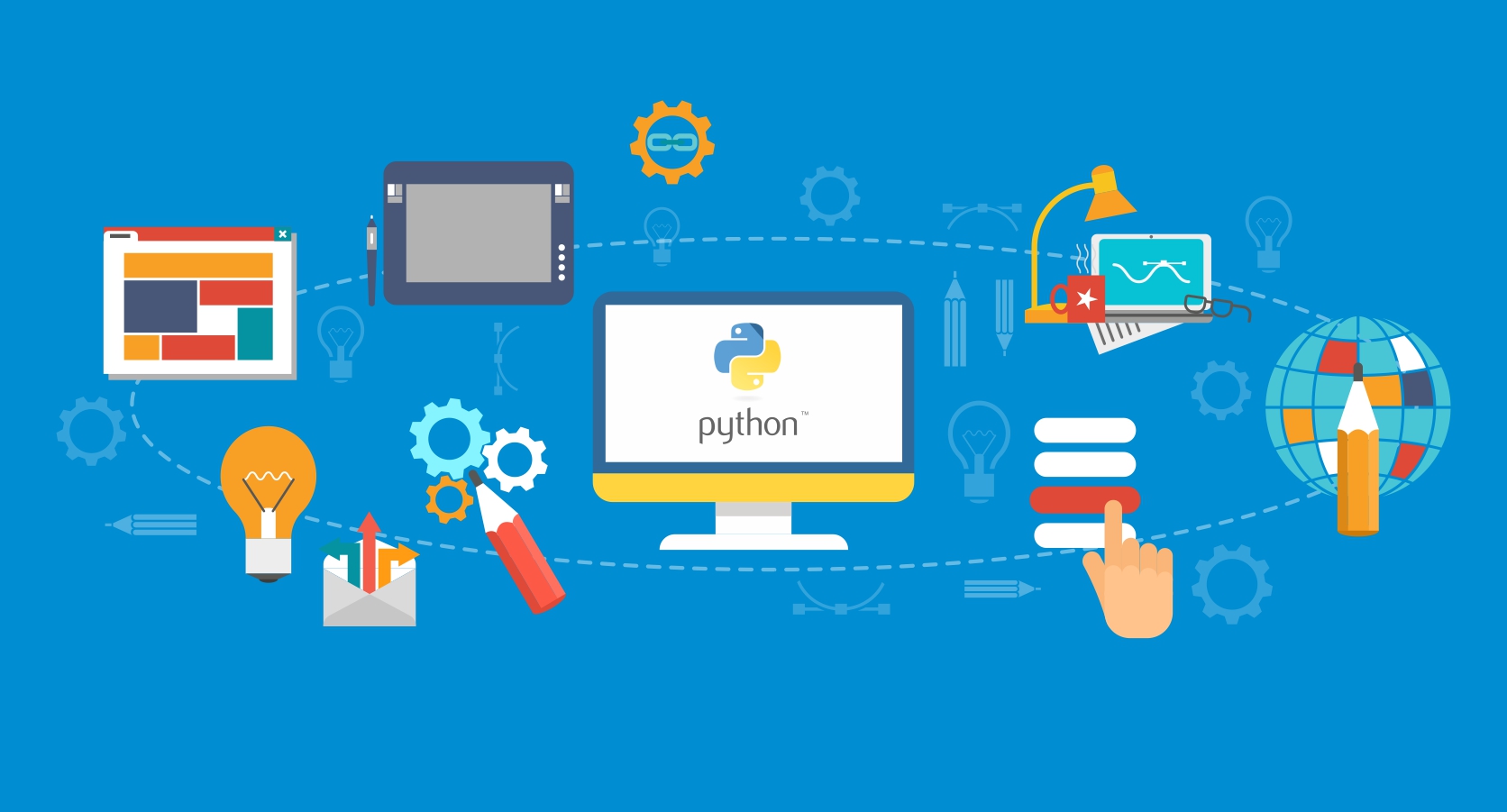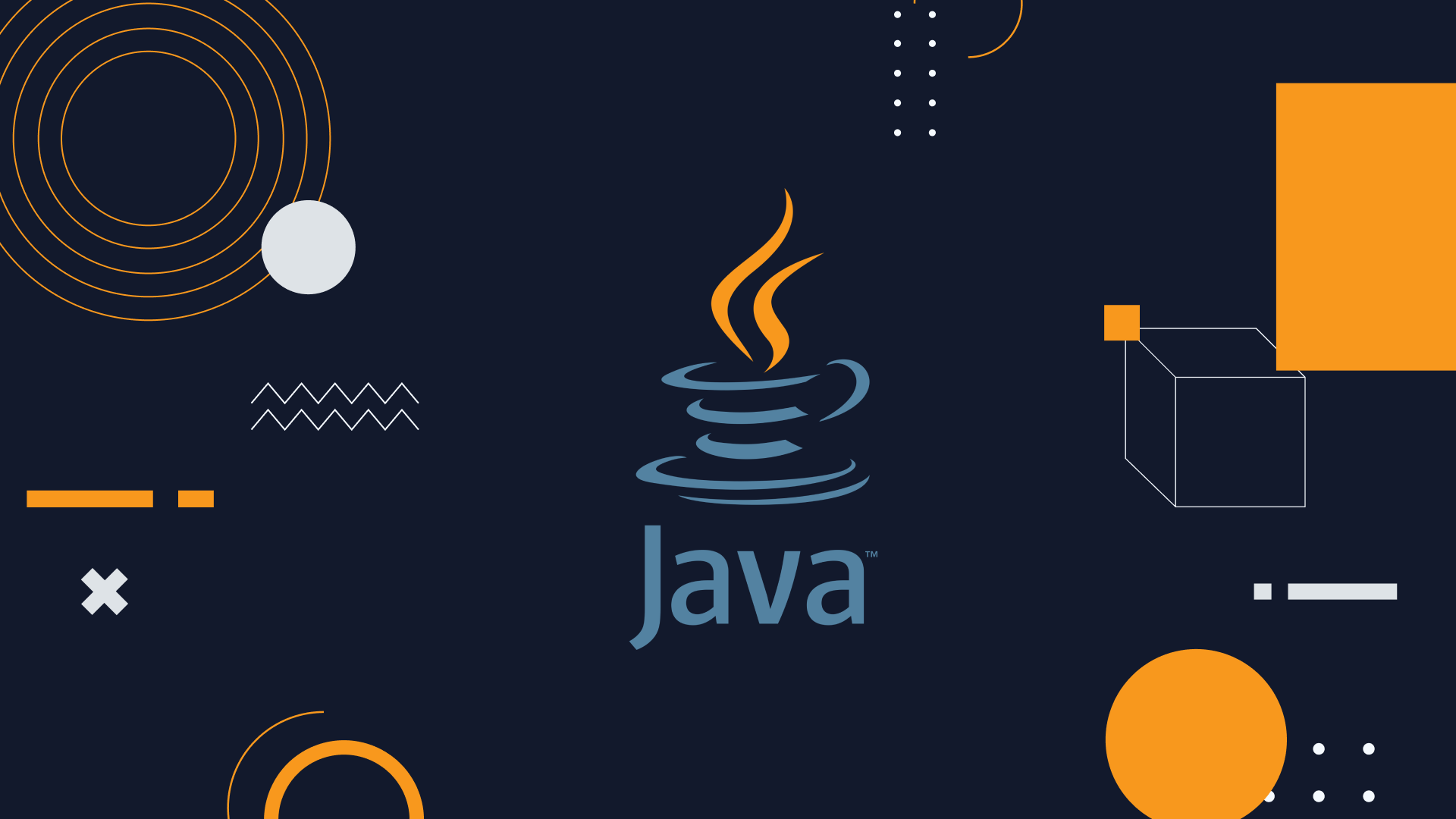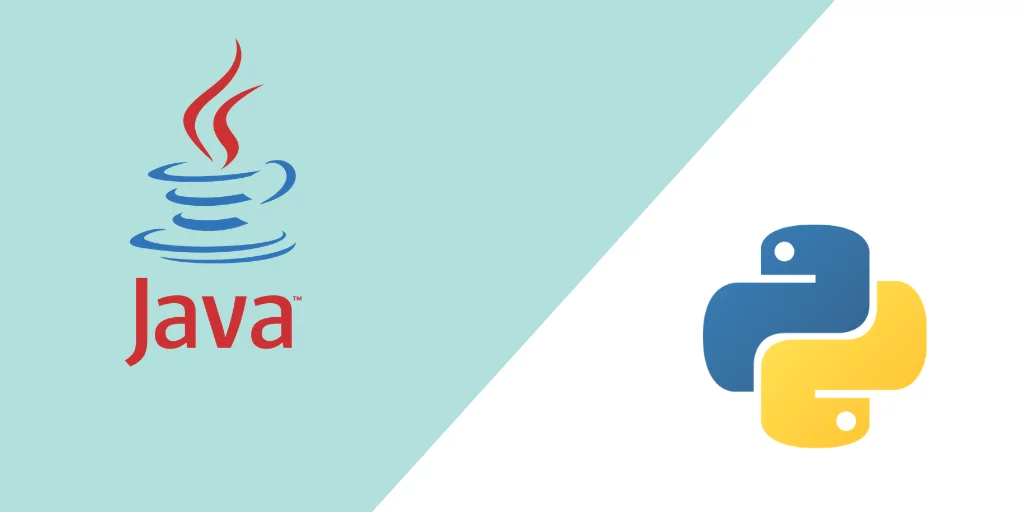Picking the right programming language can feel overwhelming, especially for beginners. This guide explores Java and Python, two of the most popular languages for software development. Both have been around for a long time and vie for the top spot. So, the question remains: Java or Python: Which should you choose?
While both languages constantly evolve to offer developers the best tools, key differences set them apart. This article will break down their strengths and uses to help you make an informed decision between Java and Python.
 Python’s ease of use makes it ideal for both beginners and seasoned programmers. It allows rapid prototyping and fosters collaboration through its clear syntax. This user-friendliness has fostered a large and active community that continuously contributes solutions and expands the language’s capabilities. Python excels in data manipulation with libraries like Pandas and Dask, and its visualization tools make it suitable for building desktop applications, web apps, servers, and various other software.
Python’s ease of use makes it ideal for both beginners and seasoned programmers. It allows rapid prototyping and fosters collaboration through its clear syntax. This user-friendliness has fostered a large and active community that continuously contributes solutions and expands the language’s capabilities. Python excels in data manipulation with libraries like Pandas and Dask, and its visualization tools make it suitable for building desktop applications, web apps, servers, and various other software.
 Similar to Python, Java boasts a large and supportive community, along with a wealth of pre-written libraries for various tasks. The Java Virtual Machine (JVM) acts as an interpreter for compiled Java code, ensuring compatibility across different operating systems. This server-side language is a strong choice for web development and applications requiring asynchronous programming.
Similar to Python, Java boasts a large and supportive community, along with a wealth of pre-written libraries for various tasks. The Java Virtual Machine (JVM) acts as an interpreter for compiled Java code, ensuring compatibility across different operating systems. This server-side language is a strong choice for web development and applications requiring asynchronous programming.
What is Python?
Python is a beginner-friendly, high-level programming language designed for clarity and flexibility. Developed in 1991, it emphasizes code readability, allowing programmers to express ideas with fewer lines. This, coupled with its vast library collection – from simple charting tools to advanced machine learning frameworks like TensorFlow – empowers developers to jump-start projects without reinventing the wheel. Python’s ease of use makes it ideal for both beginners and seasoned programmers. It allows rapid prototyping and fosters collaboration through its clear syntax. This user-friendliness has fostered a large and active community that continuously contributes solutions and expands the language’s capabilities. Python excels in data manipulation with libraries like Pandas and Dask, and its visualization tools make it suitable for building desktop applications, web apps, servers, and various other software.
Python’s ease of use makes it ideal for both beginners and seasoned programmers. It allows rapid prototyping and fosters collaboration through its clear syntax. This user-friendliness has fostered a large and active community that continuously contributes solutions and expands the language’s capabilities. Python excels in data manipulation with libraries like Pandas and Dask, and its visualization tools make it suitable for building desktop applications, web apps, servers, and various other software.
What is Java?
Introduced in 1995, Java is a general-purpose programming language that utilizes object-oriented concepts to structure code. Unlike Python’s dynamic nature, Java is statically typed and compiled, meaning code is checked for errors before execution. This approach enhances performance and stability, making it suitable for optimizing web experiences with features like video and animation integration. Similar to Python, Java boasts a large and supportive community, along with a wealth of pre-written libraries for various tasks. The Java Virtual Machine (JVM) acts as an interpreter for compiled Java code, ensuring compatibility across different operating systems. This server-side language is a strong choice for web development and applications requiring asynchronous programming.
Similar to Python, Java boasts a large and supportive community, along with a wealth of pre-written libraries for various tasks. The Java Virtual Machine (JVM) acts as an interpreter for compiled Java code, ensuring compatibility across different operating systems. This server-side language is a strong choice for web development and applications requiring asynchronous programming.





